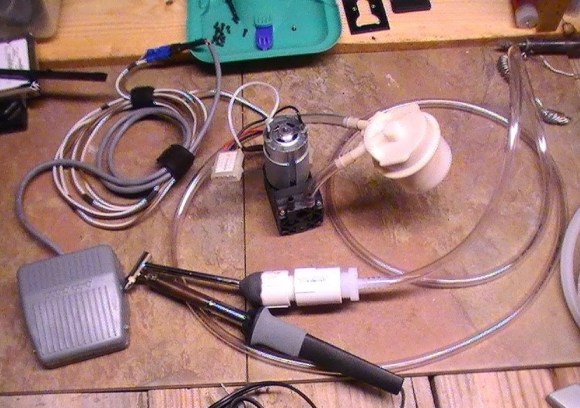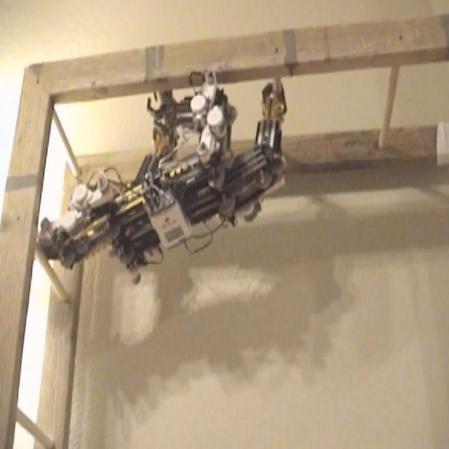
It was Hack.Princeton this weekend and [Bonnie] and [Erica] threw together this great interactive portable piano!
The setup is very simple using six LED flashlights, and six photoresistors. An Arduino Uno reads in the values from the photoresistors and parses them to a nearby Raspberry Pi which then creates the sounds. The system even automatically calibrates itself when turned on, adjusting to the ambient light conditions. They made the project for the Hackathon and after a short scare of having to move it to another staircase for the demo, they took home 2nd place in the hardware category!
Stick around after the break to see it in action — this would make a great school project to get kids interested in hacking!

















